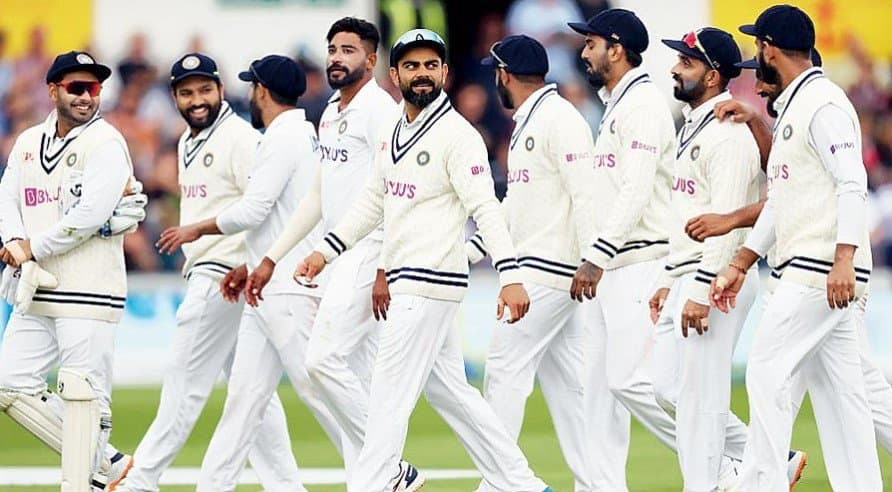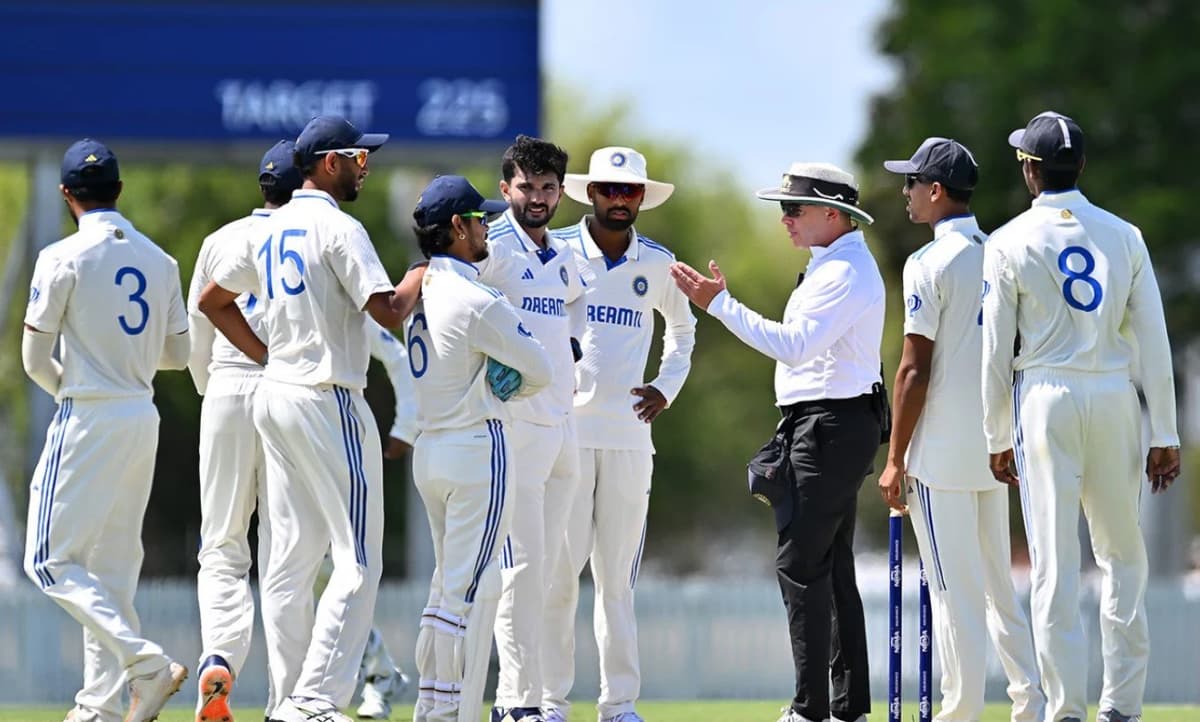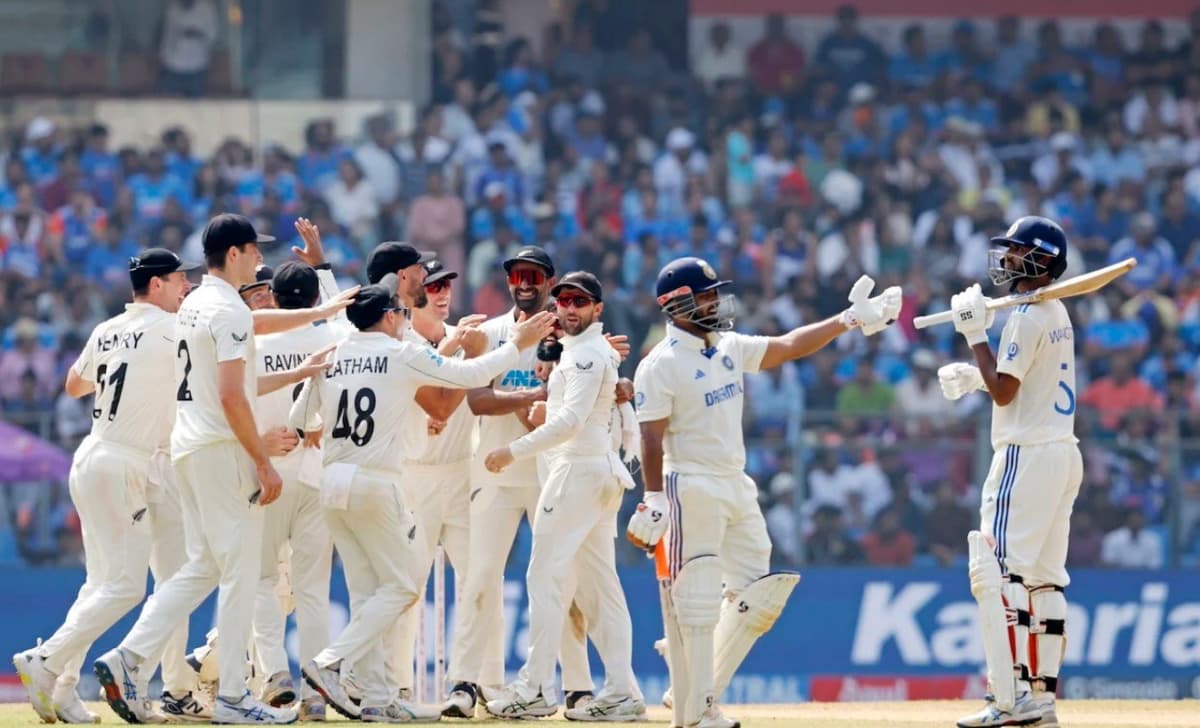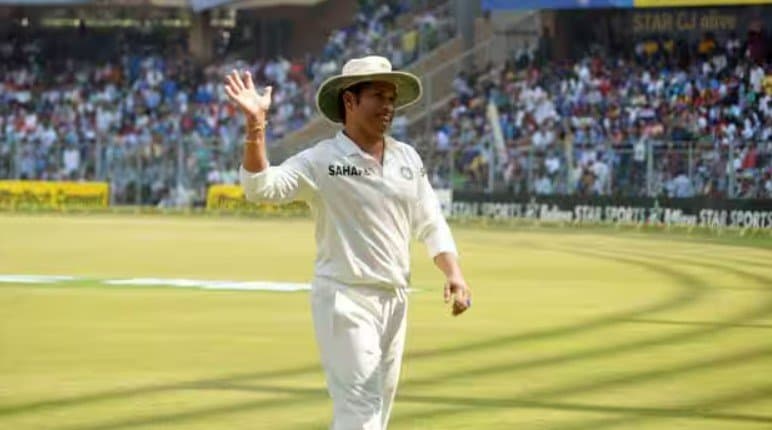Cricket is one of the most strategic and innovative games ever created. It has remained popular in many Commonwealth countries since the British introduced it in the mid-16th century. The team with the most runs wins the game, but the sport has various rules that change with each format. This article will explain the different types of cricket matches and how they are categorized based on the level at which they are played.
Types of Cricket Matches
Cricket matches are organized primarily at two levels:
- International Cricket
- Domestic Cricket
International matches are played between countries and are governed by the International Cricket Council (ICC). The ICC oversees three types of international matches:
- Test Cricket
- ODI Cricket
- T20I Cricket
Test Cricket

Test Cricket is the oldest form of cricket, evolving over generations into the version we know today. Its appeal lies in its traditional values, making it a favorite among long-time fans.
Test matches typically last five days, with each team having two innings. A match can end in a draw. Before being limited to five days, some Test matches had no time restrictions and were known as Timeless Tests. Although Test cricket wasn’t officially recognized until the 1890s, many matches since 1877 have been retrospectively given Test status.
Every Test match follows specific rules, the main one being that the game consists of two innings. The team that scores the most runs in these innings wins. The follow-on rule is unique to Test cricket.
The Ashes series is the most famous and longest-running Test cricket rivalry, featuring a five-match series played every two years between England and Australia, which excites cricket fans worldwide.
ALSO READ: Test matches can be lengthy, leading to the creation of a new format in 1971. This change occurred when Australia and England played a one-day match at the Melbourne Cricket Ground after rain canceled the first three days of the third Ashes Test. This game featured 40 eight-ball overs per side. Unlike Test cricket, ODI (One Day International) cricket consists of one innings per team, with a limited number of overs. This format quickly gained popularity, leading to the first-ever World Cup in England just four years later. The West Indies, captained by Clive Lloyd, won the inaugural event, marking the beginning of a period of dominance. T20 cricket is the newest format and has helped increase the sport’s popularity in regions where it was not well-known. Introduced by the England and Wales Cricket Board (ECB) in 2003 for domestic competitions, other countries soon adopted this format. T20 cricket is fast-paced, making it perfect for fans to enjoy after work in the evenings. The Indian Premier League (IPL) has significantly contributed to this growth, attracting a massive fan base at convenient times. India has been the spiritual home of cricket for nearly fifty years. Initially, the Board of Control for Cricket in India (BCCI) was skeptical about limited-overs formats, especially T20. However, they later became strong supporters, capitalizing on the IPL, which has become a major financial success. In addition to the IPL, India hosts various domestic and international cricket events. The Ranji Trophy is the top domestic competition and is played like Test cricket. The Vijay Hazare Trophy is a 50-over tournament, while the Syed Mushtaq Ali Trophy is a T20 competition between state teams. There are currently two types of Cricket World Cups: the 50-over World Cup, which has been around for 48 years, is the most popular. After the West Indies won the first edition, teams like India, Australia, Pakistan, Sri Lanka, and England claimed the title, with Australia being the most successful team, winning five times. READ MORE: 
T20 Cricket

Types of Cricket Matches in India
Types of Cricket World Cups







